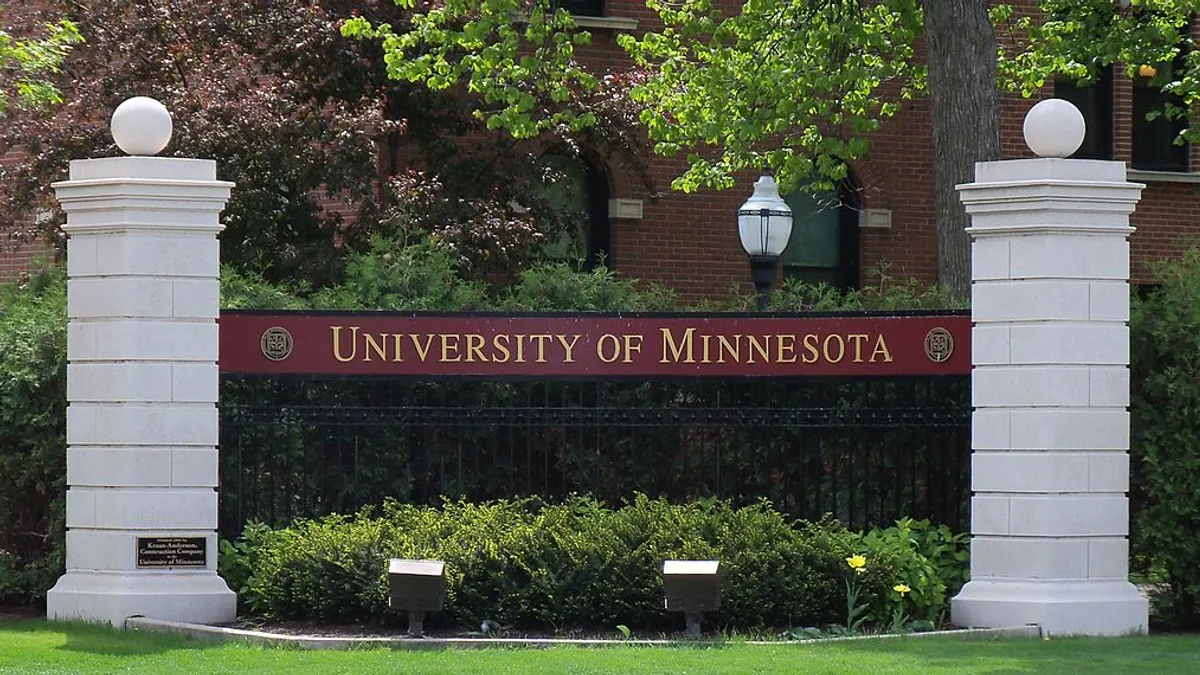Dive Brief:
- Communications and outreach offices are beginning to see the value of "paying to play" in the digital landscape, a recent analysis by University Business says.
- Many offices have been embracing paid search optimization for awhile, but now officials are realizing there's value in paying for social media ads as well; a recent survey found 47% of high school seniors, 55% of juniors and 61% of sophomores and 33% of parents of high schoolers clicked on a search, display or social media ad for a college.
- The best investment, the article says, is to re-target those who have already self-identified as prospective students, since they are most likely to click the ads.
Dive Insight:
Highway billboards tend to be a favorite form of advertising for admissions offices, because of the volume of traffic which will pass through an area on a daily basis — and because, frankly, alumni and other constituents like seeing billboards. They are something advancement offices can tangibly point to in demonstration of the institution's reach. But billboard advertising is costly. According to one rate card, billboards $1,500 - $30,000 per location per 4 week period, and you're required to buy a minimum of 5-20 billboards. Buys in the Northeast or around major metropolitan areas tend to run on the high end, while locations in the Midwest can be bought at a lower cost.
Social media buys vary greatly based on who you're targeting and what kind of ad you want to show, but on Twitter, for example, you only pay if a user actually interacts with your ad — at under $1.50 per interaction. This guarantees a more engaged audience, not only promoting brand awareness, which is a prime driver for billboards, but keeping costs low and ensuring you're only paying to reach people who want to see your content. And social also tends to have a lower entry point — daily ad minimums on Facebook range from $1-$5 — so you can tweak and adjust based on the results you're seeing in real-time.
Nothing beats having representatives who are engaging on social media and responding to inquiries, capitalizing on popular conversations and helping to build the institution's brand online. It's of no use to spend money on social buys if there isn't a dedicated staff member to answer questions and interact with prospective students in the space. It is important, however, for leadership to recognize the time investment required to execute an effective social media strategy.
This isn't something which can be tacked onto a long list of responsibilities already expected of a member of the communications or outreach staff. It is, however, something which students can be employed to execute. Pulling an exceptional work study student or student intern to assist the office with social media can be one way to help bridge gaps between prospective students and staff members. Students know the platforms and the lingo, and with clear guidelines about what is considered acceptable engagement, they can help propel the brand in the digital space.








